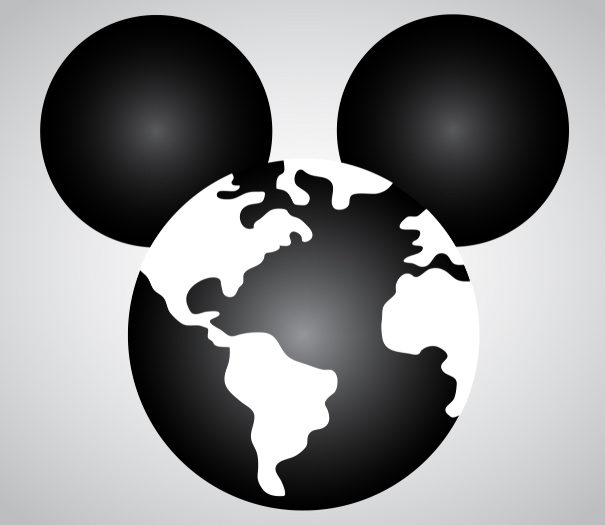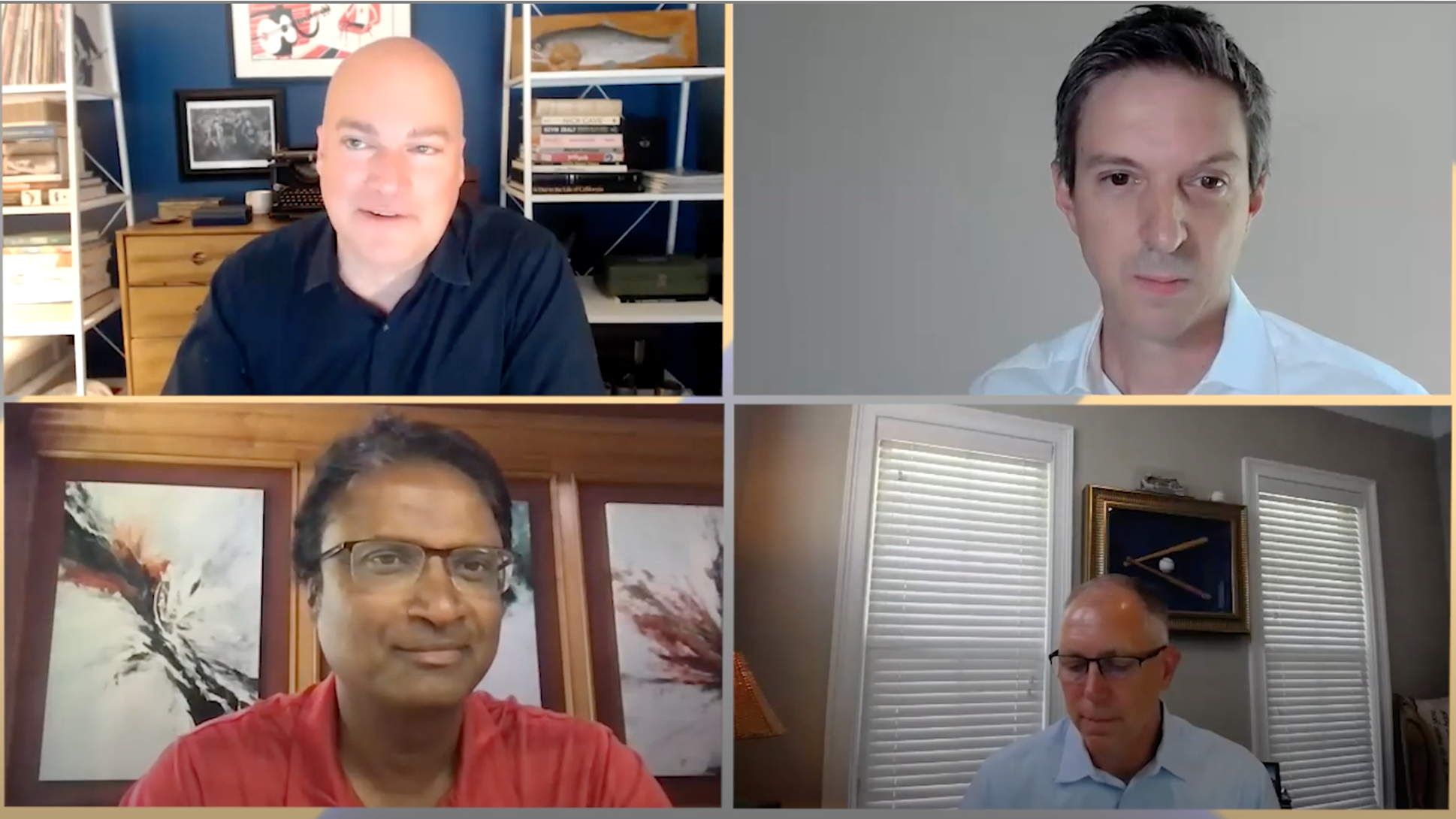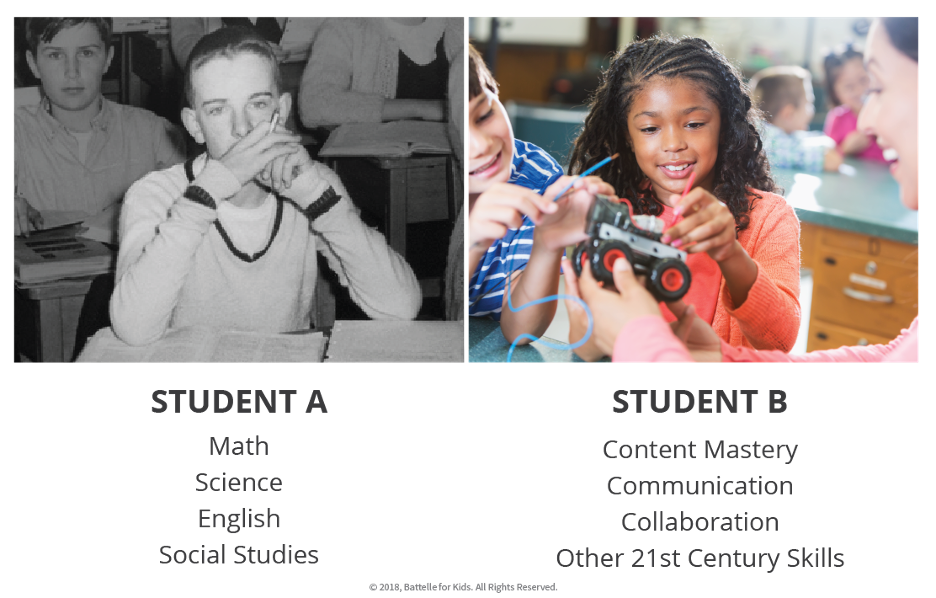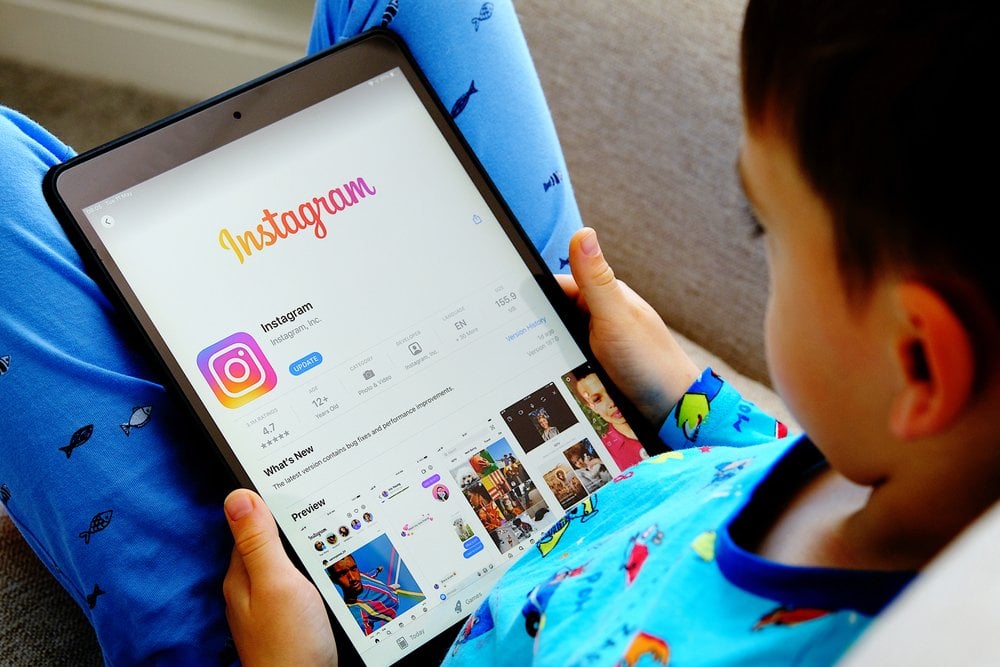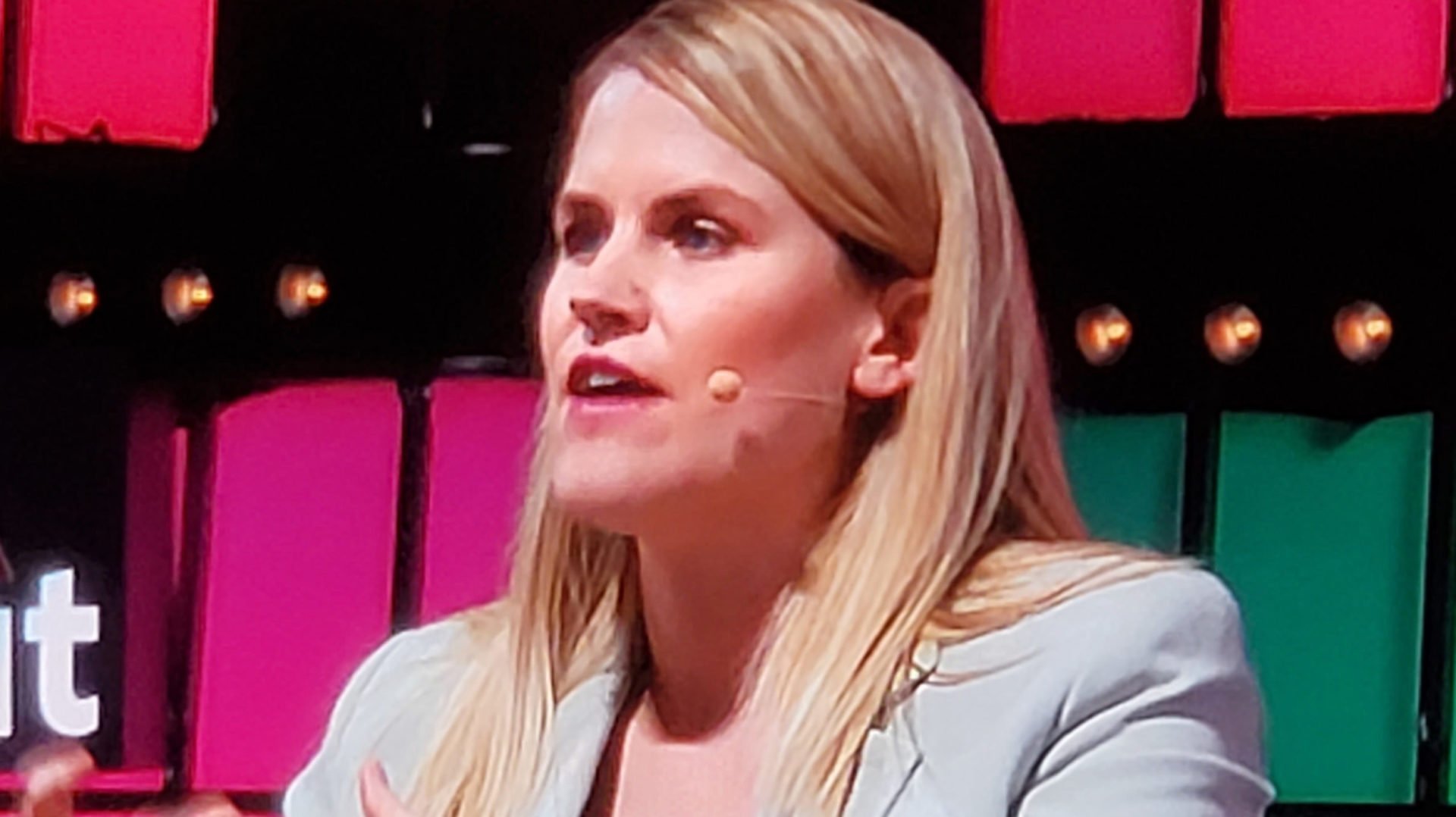Disney, one of the world’s largest media companies, is transforming in ways unlike other established industry players –by mainly focusing on digital content distribution. Let’s give credit where it’s deserved: Driving change at scale from a model emphasizing cable and theatrical distribution to one emphasizing digital is not only expensive, but massively difficult, practically and philosophically.
Disney recently announced plans to launch Disney+, a subscription video service with a robust library of content from Disney, Pixar, Lucasfilm, and Marvel. This is on top of the company’s digital subscription efforts with its ESPN+ for live sports and with Hulu for live television. (Disney now owns 60%+ of Hulu.)

It’s easy to applaud such a bold move into subscription media. After all, Disney is home to some of the most iconic content franchises and characters. The ecosystem built by Walt Disney was genius: Disney historically leveraged its entertainment content from video to merchandise to theme parks to cruises. The challenge ahead, however, is that Disney doesn’t seem to fully appreciate the new media landscape. Its content model hasn’t not adapted enough.
Here are three key things Disney must overcome to succeed—and remain the king of content:
1. Decentralize content creation
Disney needs to adapt to the evolution in content creation by moving from a centralized studio model to a decentralized and fragmented one.
The media industry faces a tectonic shift in how content is created. Historically, studios like Disney dominated, and there were only a few players. Content creation is growing increasingly decentralized and fragmented—people are watching YouTube, Netflix, or Amazon, or playing independent video games. Content’s being created far beyond the confines of Hollywood’s traditional gatekeepers.
What do Nancy Pelosi, Lady Gaga, The Rock, and Ninja have in common? They’re all on Time magazine’s list of the world’s 100 most influential people. If you don’t know Ninja, well, he’s a professional video game player who earned over $10 million last year from streaming himself playing Fortnite. You must think, “Whose pocket is Ninja picking?”

As more content options proliferate, it gets much harder to get consumer eyeballs. And here’s the kicker: it costs Ninja a lot less to create a video than it would cost an establishment studio.
At its heart, falling content costs are due to technology-driven efficiencies in independent production, gaming, and the creation of user-generated content. This naturally increases the speed with which content is being generated, leading to greater fragmentation among audiences.
There was a business and philosophical transformation in content distribution. Disney needs to achieve something similar in content production and sourcing.
2. Be more like Netflix
Disney hopes to become an indispensable destination in a world where the power of content delivery is shifting from the point of distribution to the point of access.
The power of content delivery has shifted from content distributors to content aggregators. Consider where many people access content: Netflix, Amazon, Apple, and Google. Now, gaming is a fifth destination, including streaming, esports, and via the emerging subscription efforts of Microsoft, Google, and shortly, Apple. Given all these trends, it’s not hard to fathom why about 5% of cable customers cut the cord each year.
As a result, distributors such as AT&T and Comcast have plunged headlong into content by acquiring traditional studio assets such as Time Warner and NBC, respectively. Yet, despite their efforts to try to slow cord-cutting — it has accelerated. With the advent of 5G it’s only going to get worse.
Success for Disney, then, would be to become an indispensable content destination, like Netflix. To get there means aggregating content (i.e. expanding the content library). The key here is that Disney as a centralized content producer is unlikely to do this. Consider this: Disney produced 44 movies since 2006, compared to 37 sourced and exclusively distributed by Netflix just last year.
It’s an uphill battle if Disney insists on clinging to the legacy studio model, relying on its existing library, and squeezing out what’s left in legacy distribution. It must move faster.
3. Get ready for a post-live sports world
Disney must adapt to the new reality: live sports broadcasts are increasingly irrelevant.
ESPN is the posterchild of premium content. As one of Disney’s most profitable businesses, the network captures a disproportionate amount of your cable bill (cable companies pay nearly $8 monthly out of your cable bundle to ESPN, compared to less than $1 for each of the vast majority of other networks). Disney spends billions to license live sports content for years at a time. The entire justification for these investments has been based on the assumption that demand for live sports would remain resilient.
Enter ESPN+, Disney’s new live sports subscription effort to stem the pressures from cord-cutting. Early signs suggest consumers aren’t paying to become live sports customers as fast as people are deciding to cut the cable cord. Plus, viewing habits are evolving markedly from historical norms. If the Ninja example foreshadows anything, it’s that one thing people will do is watch esports. Inevitably, this means less value for ESPN in its current form.
Walt Disney’s vision was an ecosystem of highly controlled assets, with content production at the center— a constant revenue loop, from content to consumer products to theme parks. The company has been a master at acquiring, developing and distributing the kind of content that kept that flywheel running.
Give Disney’s CEO Bob Iger kudos, because the company has put a potentially transformative digital distribution plan in place. Now, the harder work begins: transforming the content model to adapt to the new media paradigm.

